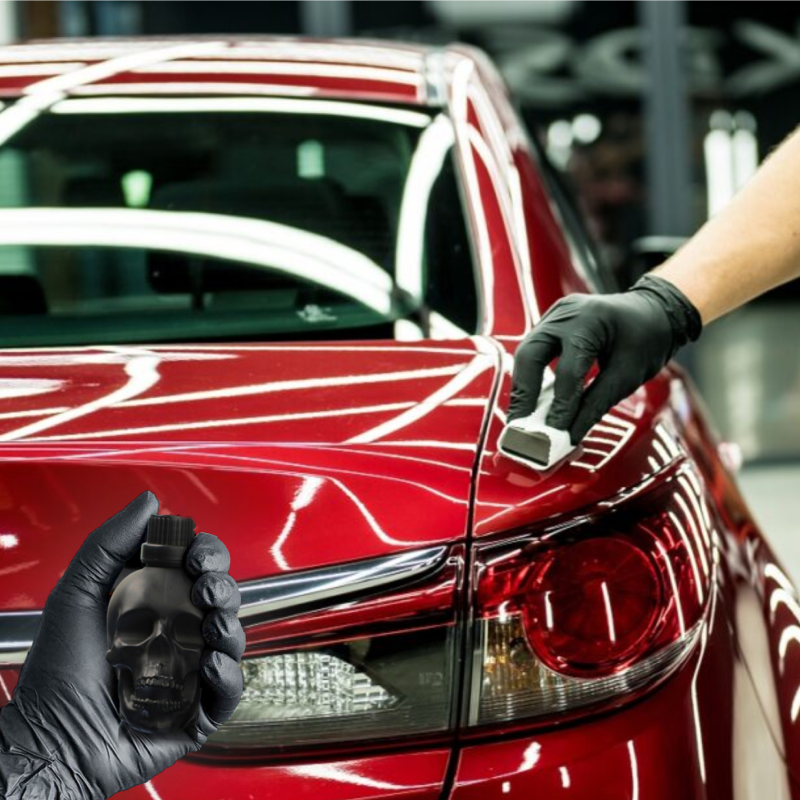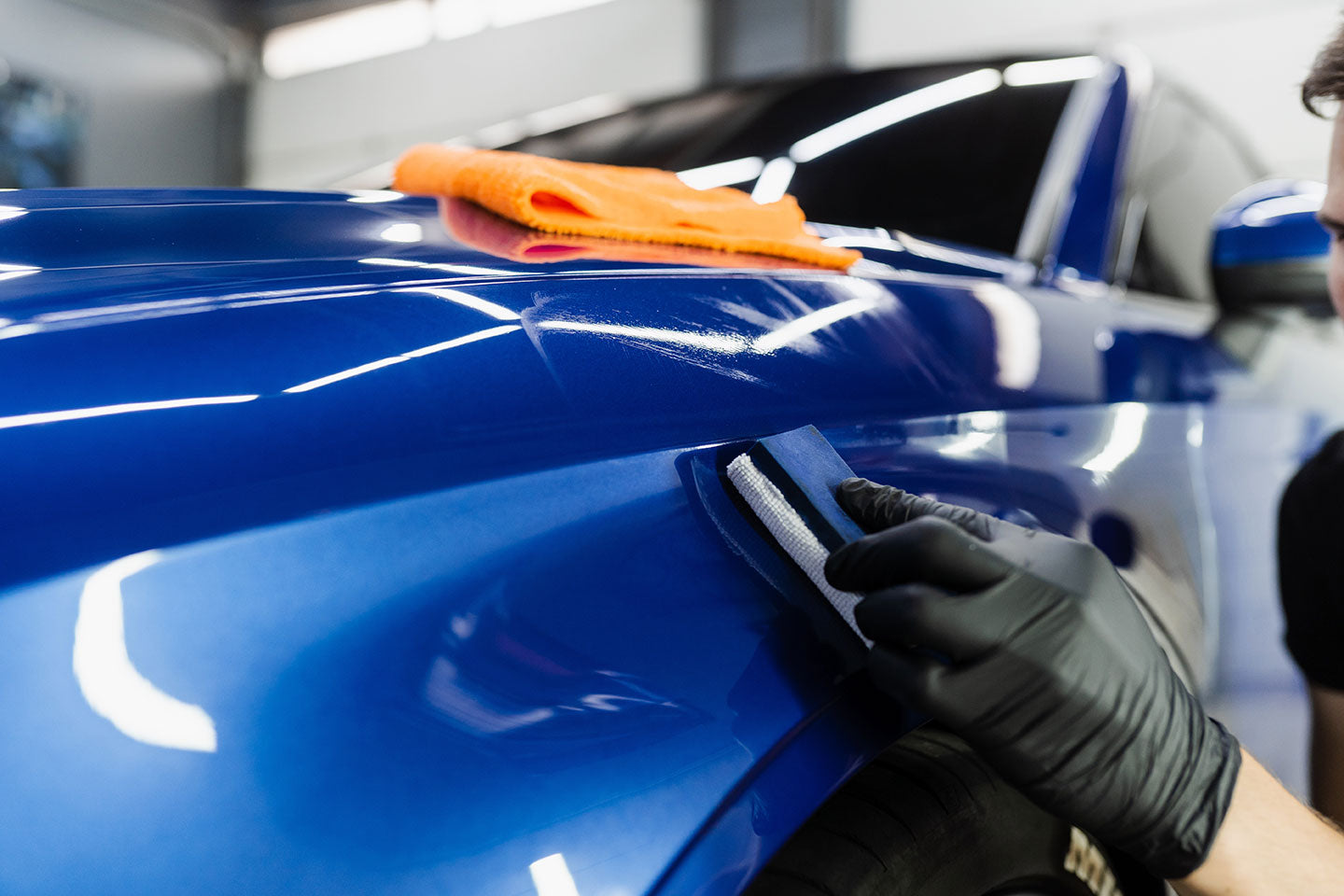A Comprehensive Overview to the Kinds Of Ceramic Covering on the Market
Ceramic finishes have emerged as an essential solution across different sectors due to their unique buildings and applications. As we discover the distinct characteristics and applications of these finishings, the effects for performance and long life come to be progressively apparent, increasing questions about which kind could best fit your requirements.
Recognizing Ceramic Coatings
Ceramic layers are advanced protective solutions that have acquired popularity in various markets, specifically in vehicle and aerospace applications. These coverings contain a fluid polymer that, when treated, develops a long lasting, hydrophobic layer externally of the substrate. This layer provides enhanced resistance to environmental contaminants, UV radiation, and chemical exposure, thus prolonging the life and aesthetic allure of the underlying material.
The basic element of ceramic coverings is silica, which adds to their firmness and longevity. The application process usually involves surface area prep work, application of the covering, and treating, which can be accomplished through warmth or UV light. When treated, ceramic finishings exhibit extraordinary bonding residential or commercial properties, permitting them to adhere strongly to a selection of surface areas, including steels, plastics, and glass.
In addition to their safety features, ceramic finishings likewise offer simplicity of upkeep. Their hydrophobic nature reduces the adherence of dust and gunk, making cleansing easier and much less constant. On the whole, the fostering of ceramic coatings stands for a significant development in surface area protection innovation, giving both practical and aesthetic benefits throughout multiple markets.
Kinds Of Ceramic Coatings
Numerous kinds of ceramic layers are available, each developed to meet specific performance needs and applications - Auto Detailing. The most common types include:
Silica-based Coatings: These finishings mainly are composed of silicon dioxide and are recognized for their sturdiness and chemical resistance. They are commonly used in automobile and commercial applications.
Titanium Dioxide Coatings: Renowned for their photocatalytic homes, titanium dioxide finishes are commonly applied in environments where self-cleaning and antifungal homes are desirable, such as in building materials and automotive finishes.
Zirconia Coatings: Identified by their high-temperature security and thermal resistance, zirconia coatings are made use of in applications such as generator engines and high-performance vehicle elements.
Alumina Coatings: Displaying exceptional firmness and thermal stability, alumina layers are regularly utilized in wear-resistant applications, including reducing devices and industrial equipment. - Car Detailing
Hybrid Coatings: Incorporating the residential or commercial properties of various products, crossbreed finishings supply improved efficiency characteristics, making them suitable for one-of-a-kind and requiring applications.
Each sort of ceramic layer serves distinctive purposes, allowing individuals to choose one of the most appropriate solution based upon particular environmental conditions and performance needs.
Benefits of Ceramic Coatings
Coatings play a vital role in boosting the performance and long life of surfaces across numerous markets. Ceramic coverings, specifically, offer many advantages that make them increasingly prominent amongst producers and customers alike. Among the main advantages is their phenomenal durability. These layers are resistant to scrapes, chemicals, and UV rays, making sure that the underlying surface area remains secured gradually.
In enhancement to toughness, ceramic coverings provide outstanding hydrophobic residential or commercial properties, enabling for simple cleansing and upkeep. This water-repellent nature decreases the adherence of dirt, crud, and various other impurities, which can prolong the visual allure and capability of the surface area. Ceramic coatings can significantly enhance thermal resistance, making them ideal for applications that sustain high temperature levels.

Application Process
When applying ceramic layers, a thorough approach is necessary to achieve optimal outcomes. The application process generally starts with complete surface preparation. This entails washing, sanitizing, and brightening the surface to remove all pollutants, click site including dust, grease, and prior waxes or sealants. A clean surface area makes sure correct bond of the covering.
As soon as the surface area is prepped, the following action is to use the ceramic covering. The finishing must be used in slim layers, as thicker applications can lead to irregular coatings.
After application, the covering needs a particular curing time, typically varying from a few hours to a full day, depending upon the item. During this moment, it is important to prevent direct exposure to wetness or impurities. my company Ultimately, a mild buffing might be needed after healing to boost the gloss and get rid of any kind of high places. Complying with these steps diligently will make the most of the efficiency and longevity of the ceramic coating, giving a resilient protective layer for the surface area.
Upkeep and Long Life
To make certain the long life and effectiveness of a ceramic finishing, normal upkeep is vital. Ceramic layers, recognized for their resilience and safety qualities, require details care regimens to maximize their life-span and efficiency.
In enhancement to regular cleaning, periodic evaluations are important. Search for indicators of wear or damages, such as hydrophobic properties decreasing or surface area blemishes. If necessary, a light gloss might be related to rejuvenate the layer without removing it away.
Furthermore, the application of a booster spray can improve the covering's hydrophobic results and recover its gloss. This is specifically helpful for finishes that have been in use for an extensive period. Eventually, by adhering to these maintenance methods, one can significantly extend the life of a ceramic coating, guaranteeing that it continues to provide optimum protection against environmental factors and preserve the aesthetic allure of the car.
Verdict
